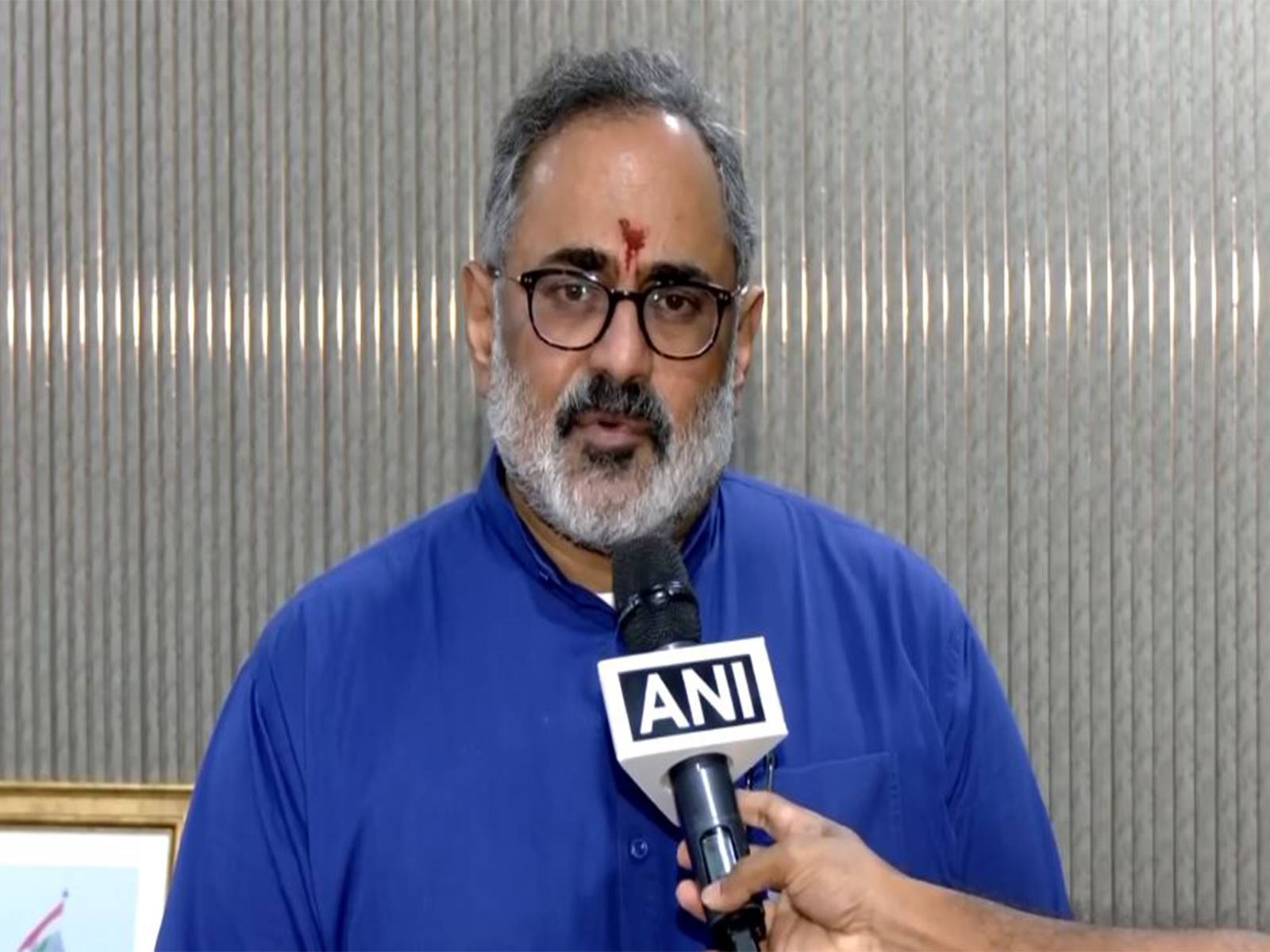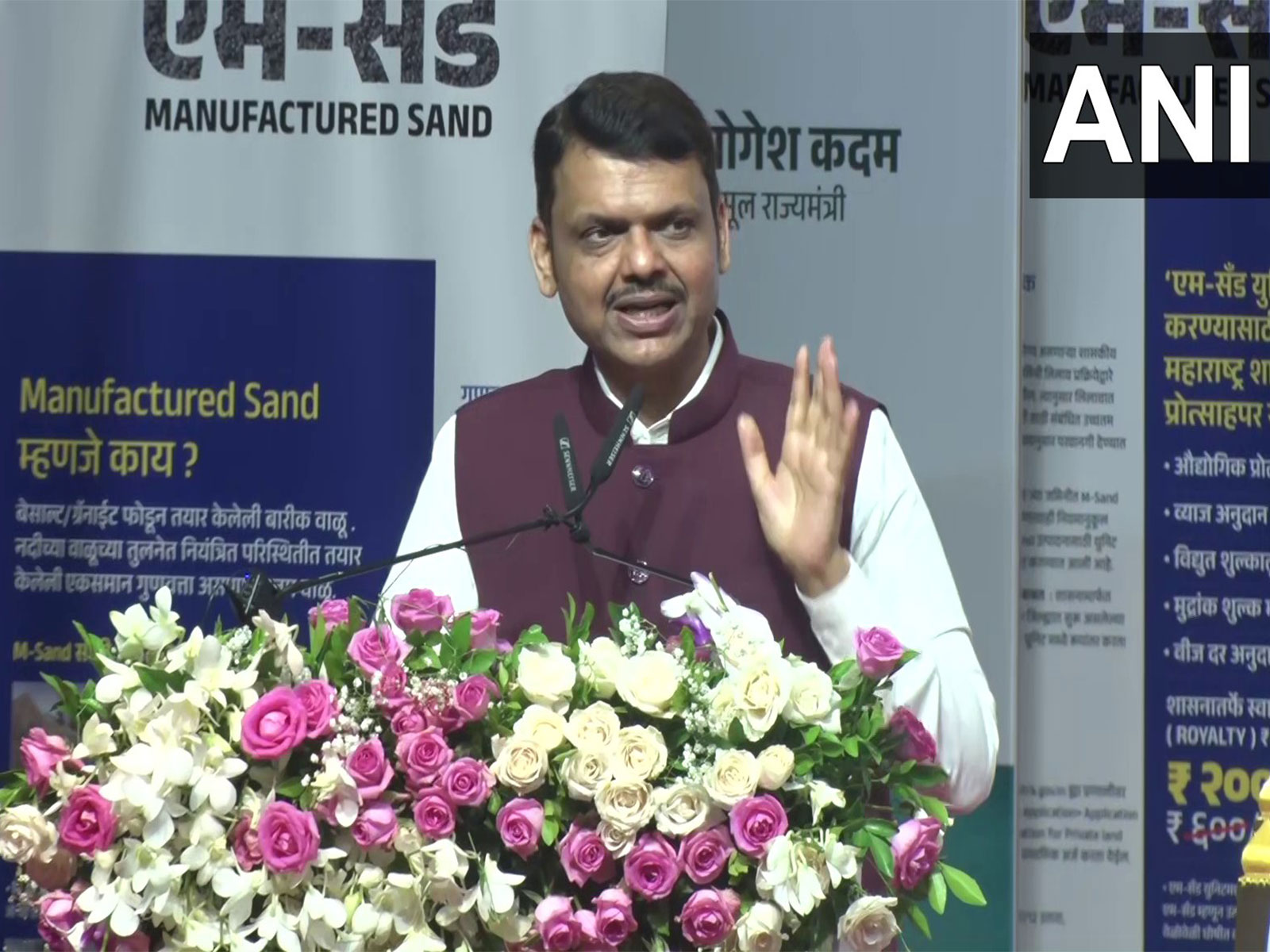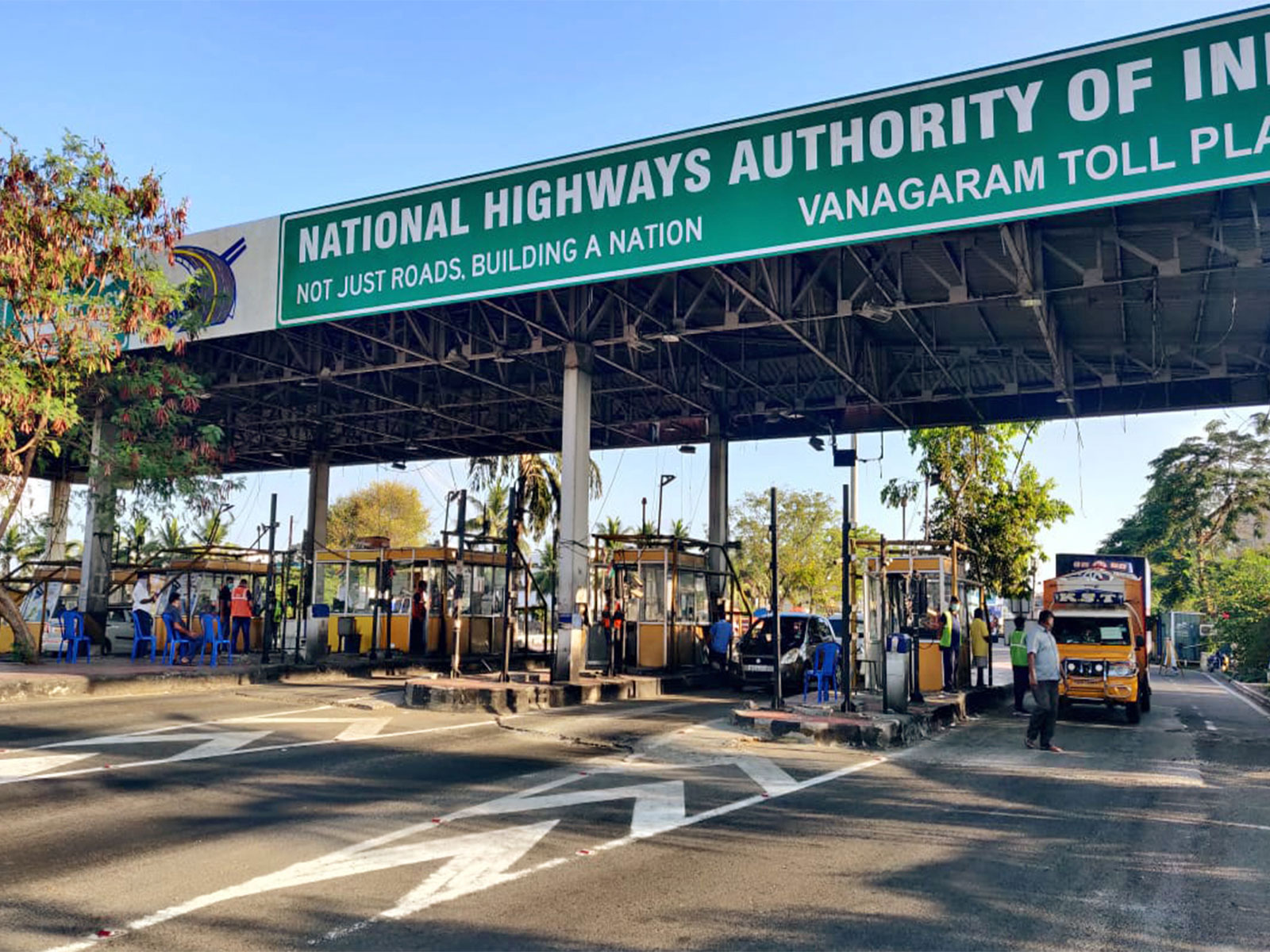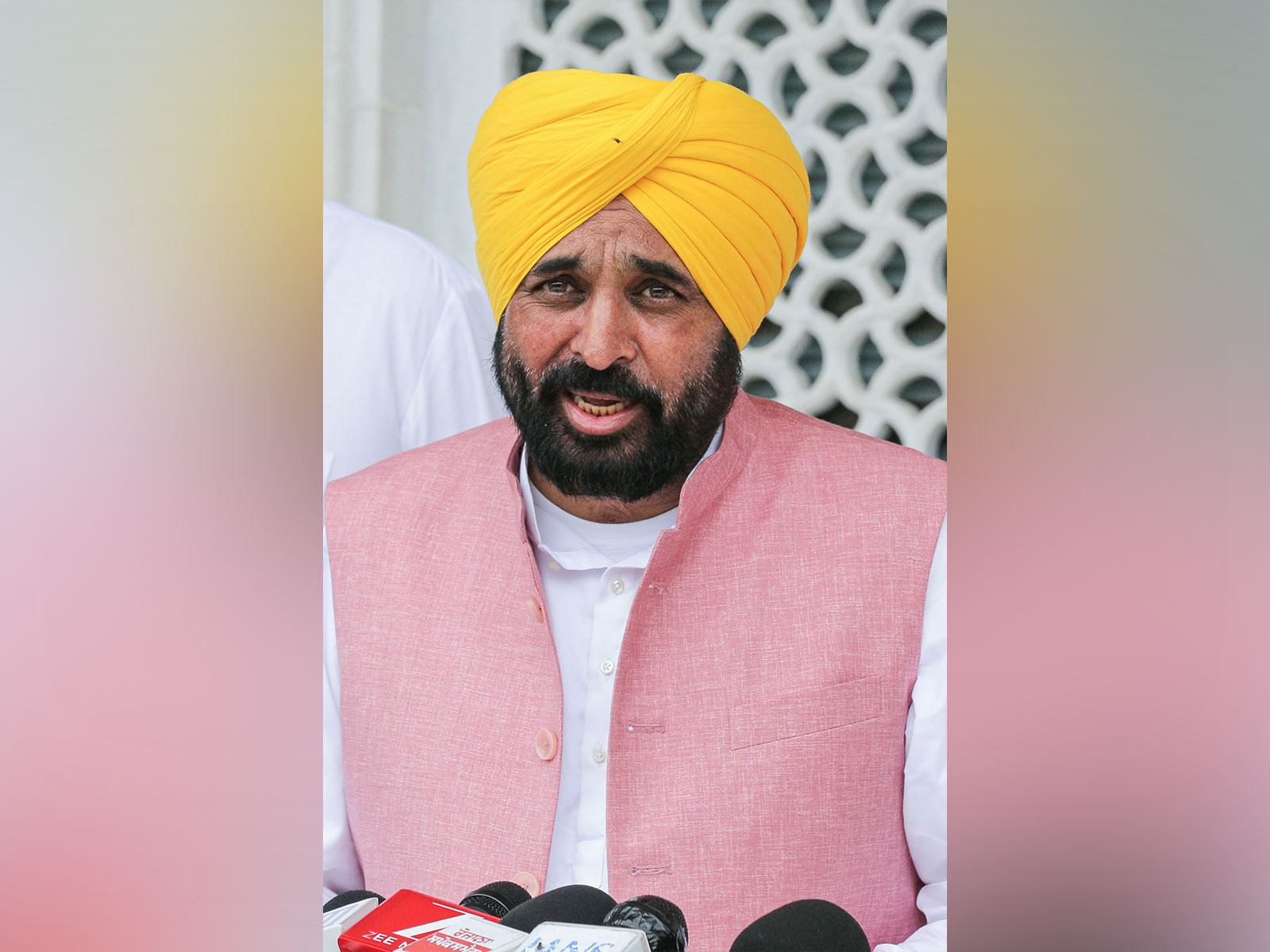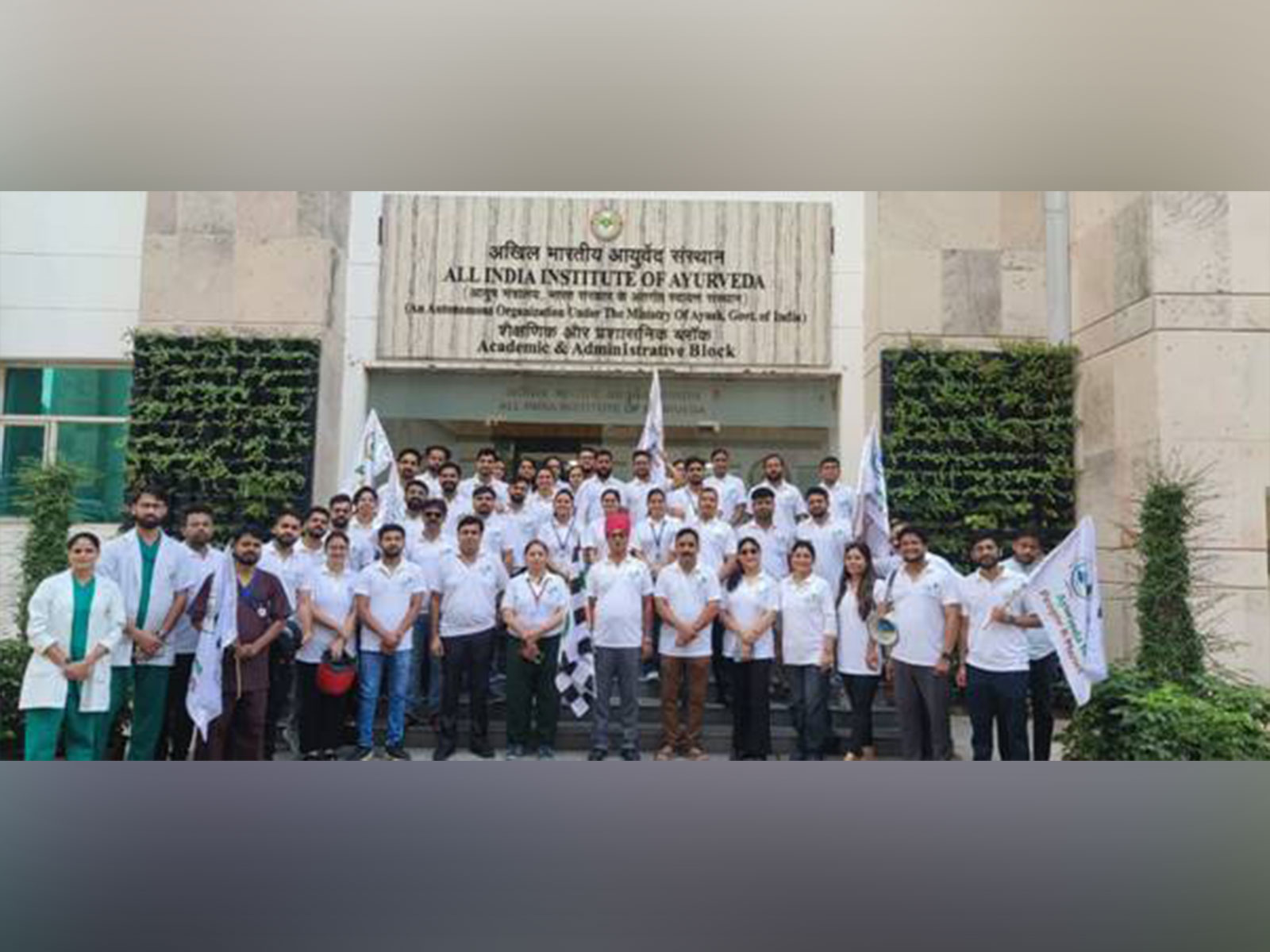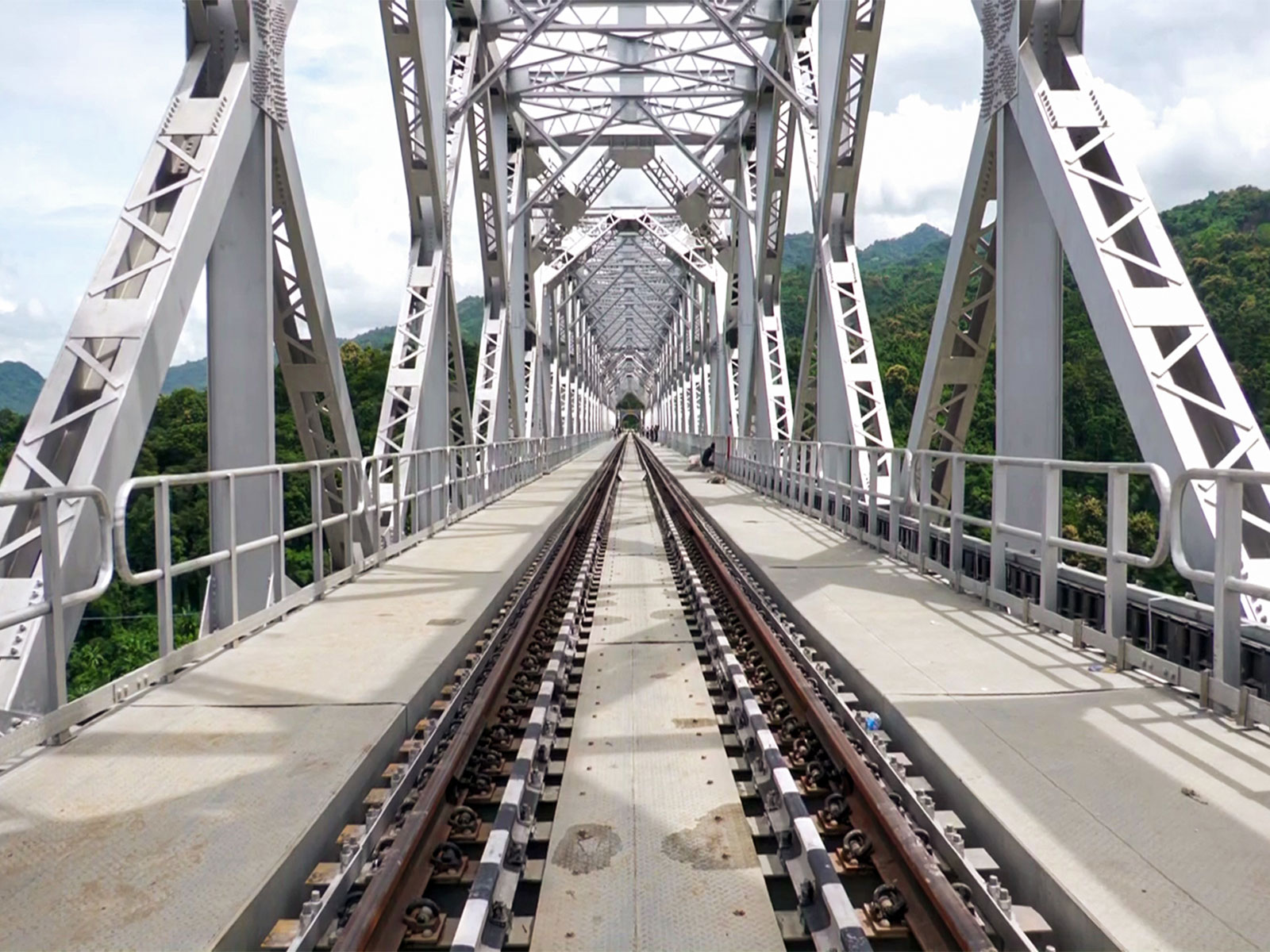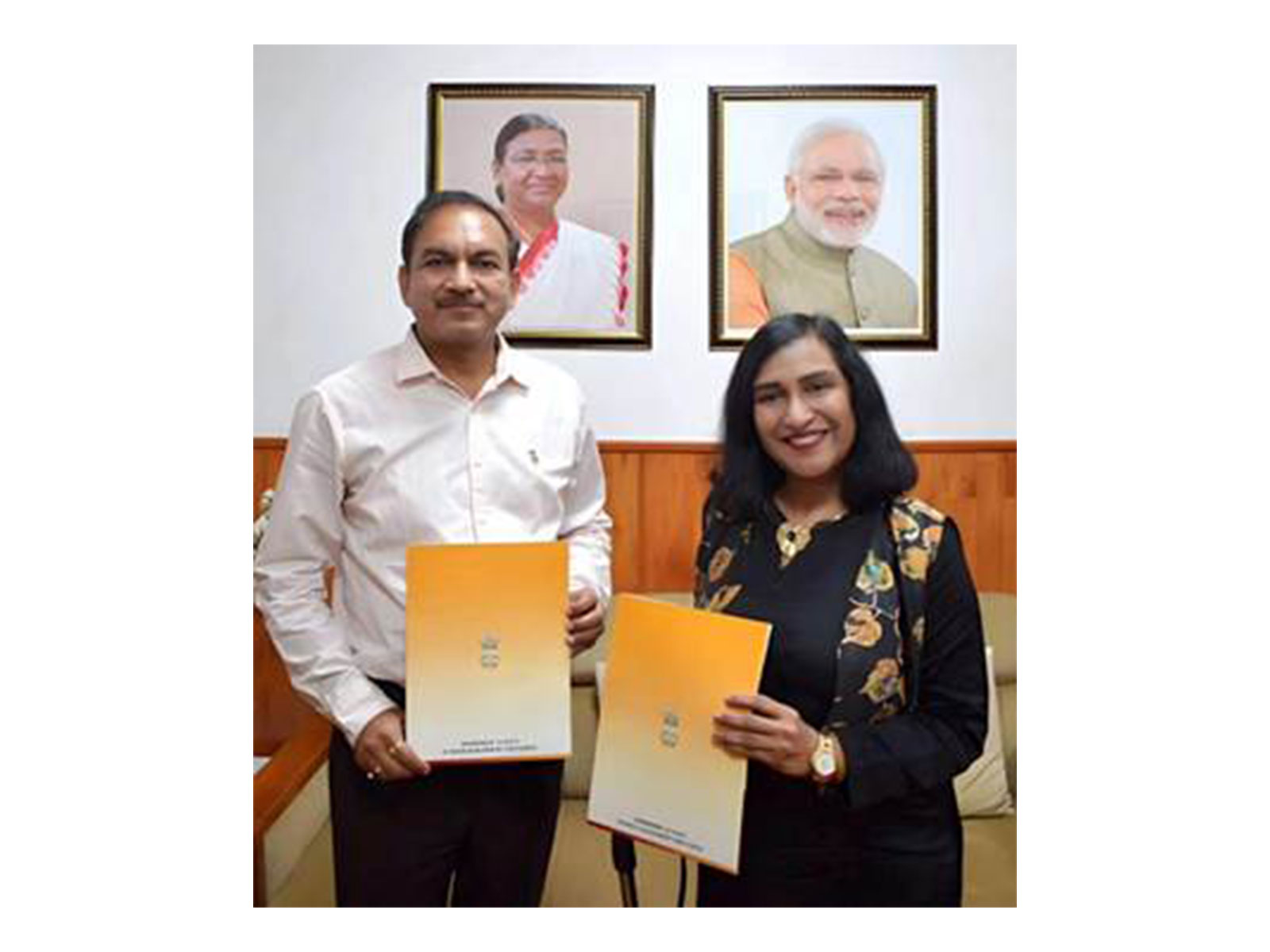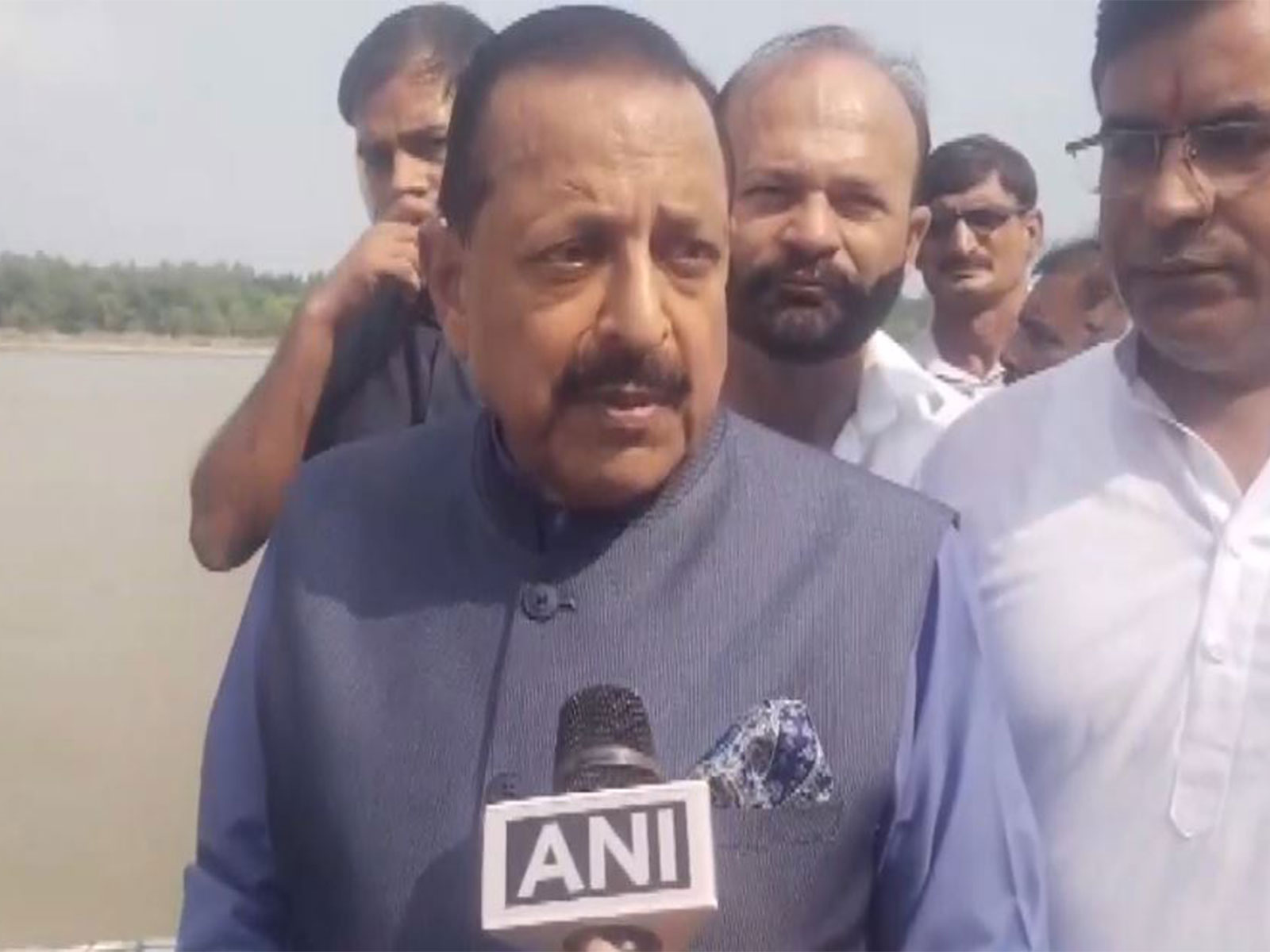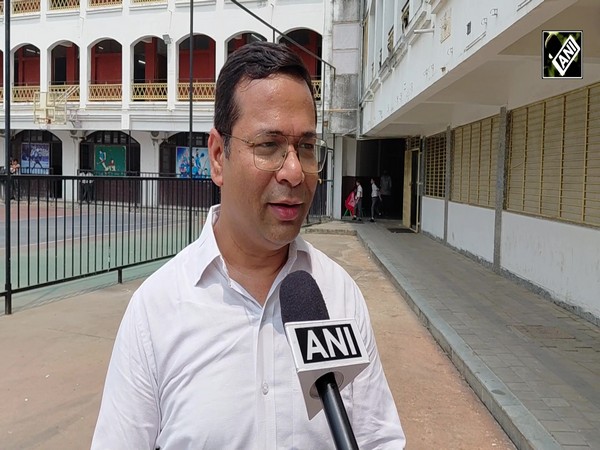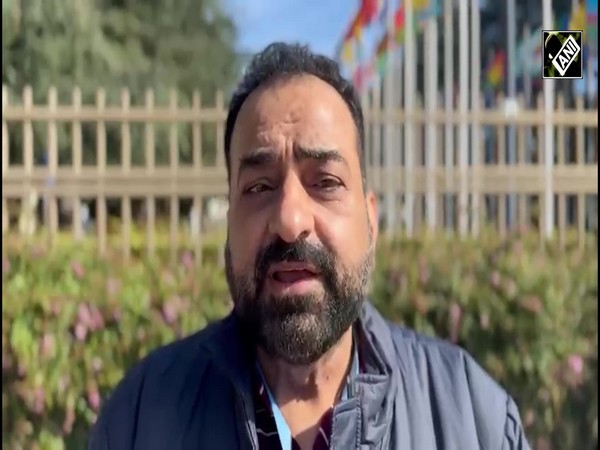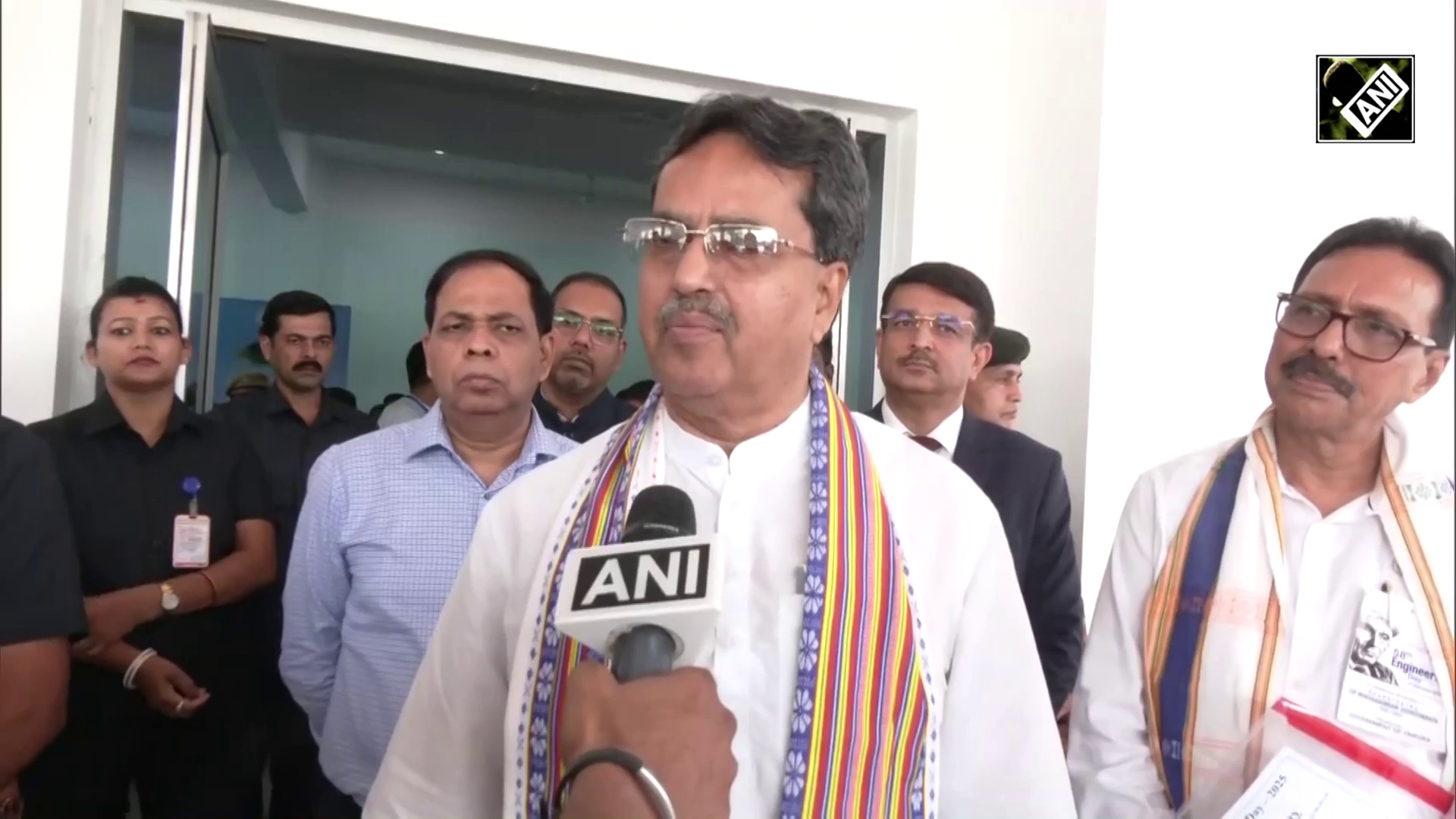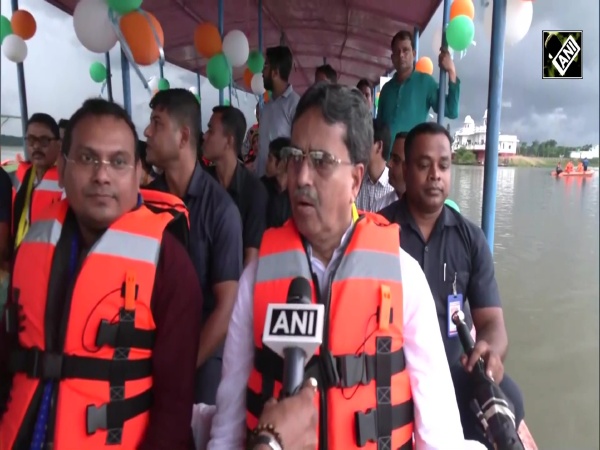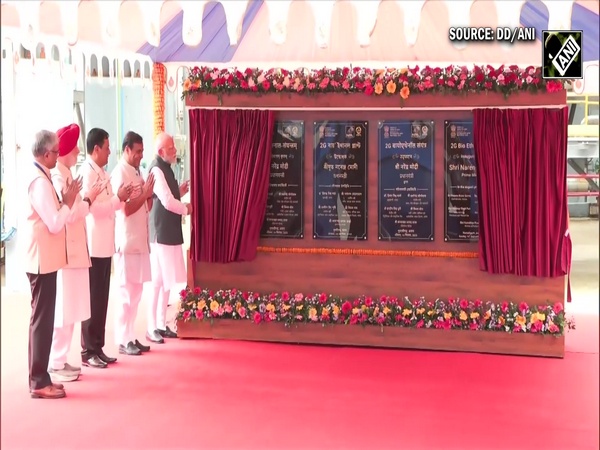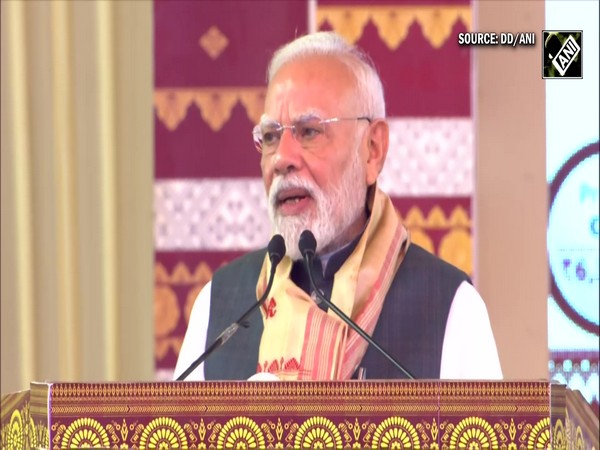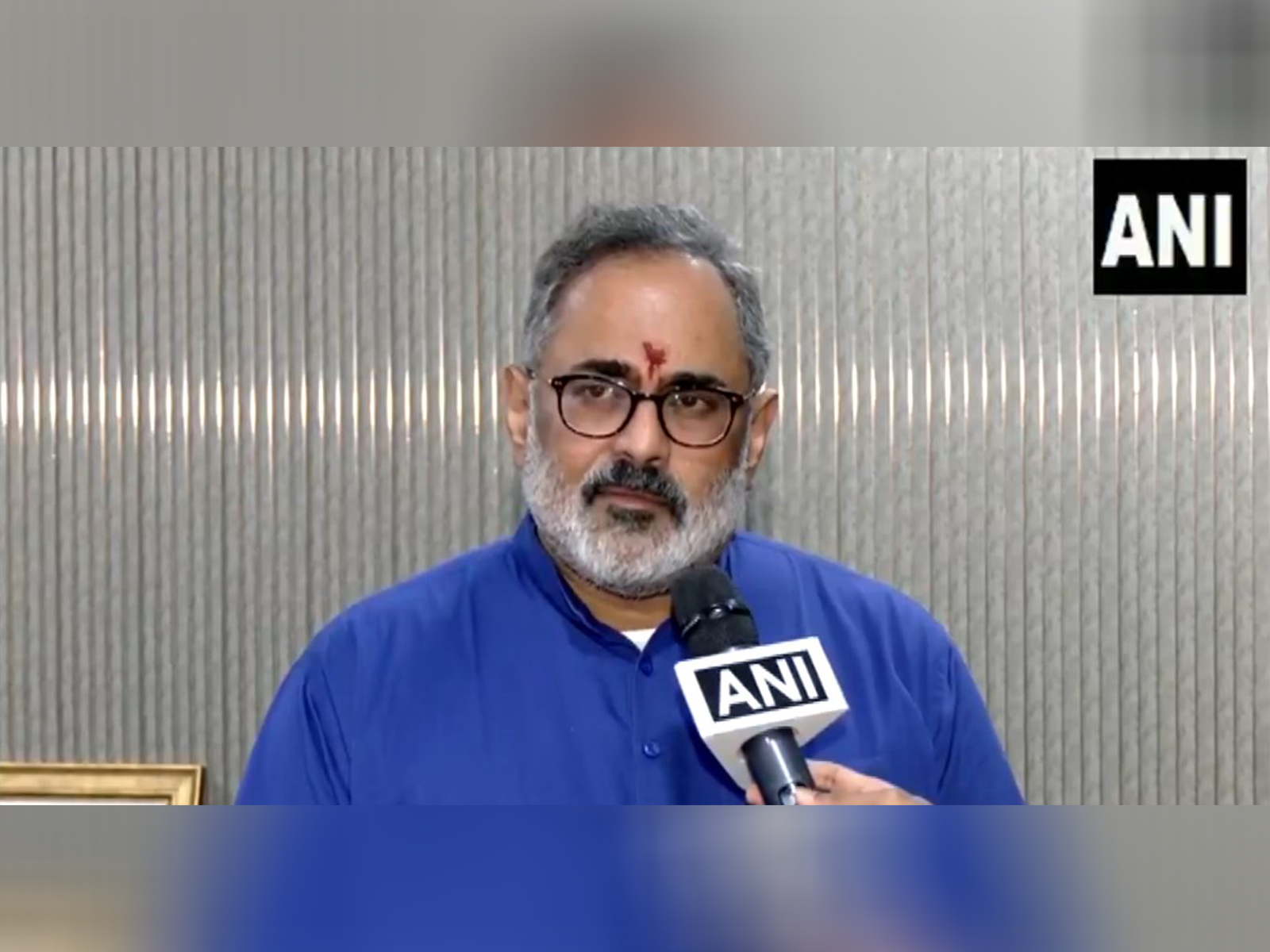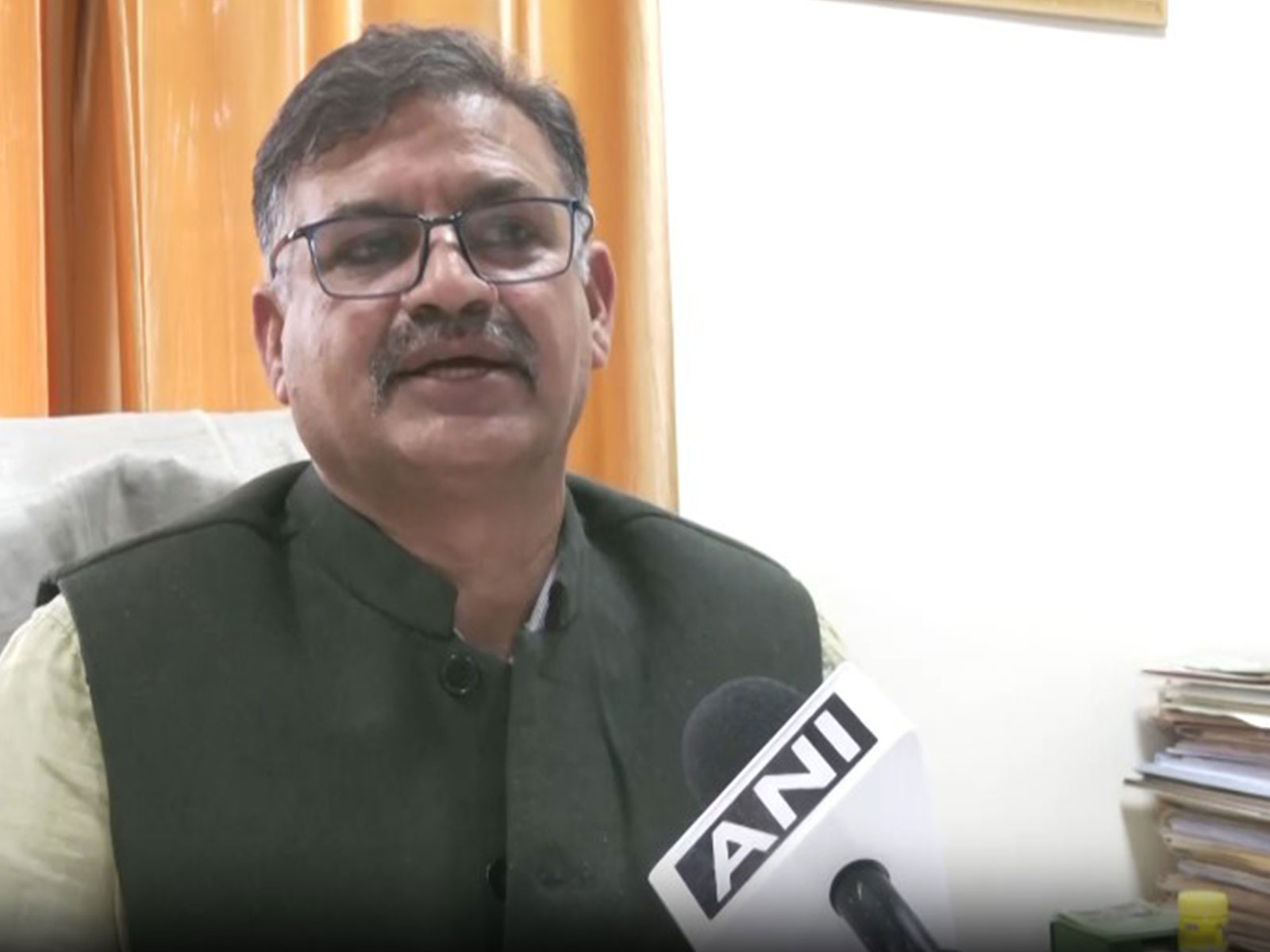
Average temperature in Himalayan region of Himachal Pradesh has risen by 0.9 degrees Celsius: Scientist
Sep 17, 2025
Shimla (Himachal Pradesh) [India], September 17 : Himachal Pradesh's Department of Environment and Climate Change has stressed the urgent need for climate-resilient development and infrastructure planning, warning that the Himalayan state faces growing risks from extreme rainfall, flash floods, landslides, and cloudburst events due to climate change and human intervention.
The warning is based on analysis of data, maintained over the decades and based on research, by the department's Climate Change Centre.
"Average temperature in the Himalayan region of Himachal Pradesh has risen by 0.9 degrees Celsius," Senior environmental scientist Dr Suresh Kumar Atri, who has been associated with the analysis, told ANI.
He said scientists have projected that this warming trend could touch 1.5°C by 2050 and reach 2-2.5°C by the end of the century if unchecked.
He said the state is already witnessing the compounding effects of climate change, shifting monsoon patterns, and human-driven ecological imbalances.
"It is true that this year's monsoon has been unusually long. If you look back at the weather conditions, there was hardly any dry spell after March. There is rain and even a short, intense spell is turning into a disaster. The cycle of Western Disturbances has been disturbed due to global warming, and these systems, which usually ended by December, now persist into January, February, and March. This shift has triggered extreme events," Atri said.
He added that global temperature rise has disrupted atmospheric cycles, intensifying Western Disturbances and monsoon interactions, leading to flash floods, cloudbursts, and landslides in Himachal Pradesh. He underlined that there is a Permanent Climatic Shifts in the Himalayas.
According to Atri, the 0.9°C rise in temperature in Himachal's Himalayan belt is not temporary but a permanent climatic shift.
"Spring is getting shorter, summers are becoming hotter, and natural disasters are increasing. This is not mere prediction it is a scientifically proven trend," he noted.
He also warned that human interventions such as unregulated construction, deforestation, excessive extraction of groundwater and minerals, and riverbed quarrying are worsening natural vulnerabilities.
"We are taking too much from the Earth. Whether it is mining, cutting forests, or extracting oil and groundwater, we are disrupting the natural balance. Nature has given us enough, but we must only take what is required. Planting four trees does not compensate for cutting ten. We must learn to coexist with ecosystems rather than exploit them," he emphasised.
He said the state needs Long-Term Climate-Resilient Planning. Atri underscored the need for climate-resilient infrastructure, especially in the wake of this monsoon season's damages.
"If a landslide blocks a major road in Shimla, the entire traffic system collapses, hospitals become inaccessible, and essential supplies are cut off. We must plan infrastructure so that hospitals do not collapse, power and water supply chains do not break, and transport lifelines remain functional even during disasters," he said.
The scientist pointed out that Himachal Pradesh receives 1,200 mm of rainfall annually, but extreme rainfall events are now concentrating this volume largely within a short span, overwhelming natural drainage systems and riverbanks.
"We need to mark high flood level regions, strengthen drainage systems, and scientifically review our riverbanks and catchment areas. Infrastructure cannot be built loosely on unstable soil. Nature-based solutions, including afforestation, watershed restoration, and planting climate-suitable grasses and species, are essential," Atri stressed.
He said that there was a need for community participation and policy measures.
Atri emphasised that scientific measures must go hand in hand with community participation and preparedness.
"Every school, village, and household must be trained to understand climate risks. Women, children, and local communities must be engaged. Preparedness at the grassroots level can save lives. At the same time, policy makers must regulate land use, strictly control construction in landslide- and flood-prone areas, and integrate community feedback in planning," he said.
He suggested that Himachal Pradesh should also consider establishing a Special Climate Relief Fund and step up investment in research and early warning systems.
"We are already installing Doppler radars, and 67 more are planned. Early warning systems need to be stronger, and research institutions and universities must develop new forecasting tools. Loss and damage cannot be eliminated, but it can be reduced," he added.
The Environment and Climate Change Department of Himachal Pradesh is expected to incorporate these findings into its Climate-Resilient Development Infrastructure Policy, with a focus on disaster risk reduction, sustainable land use, eco-tourism policies, and scientific intervention in infrastructure development.
